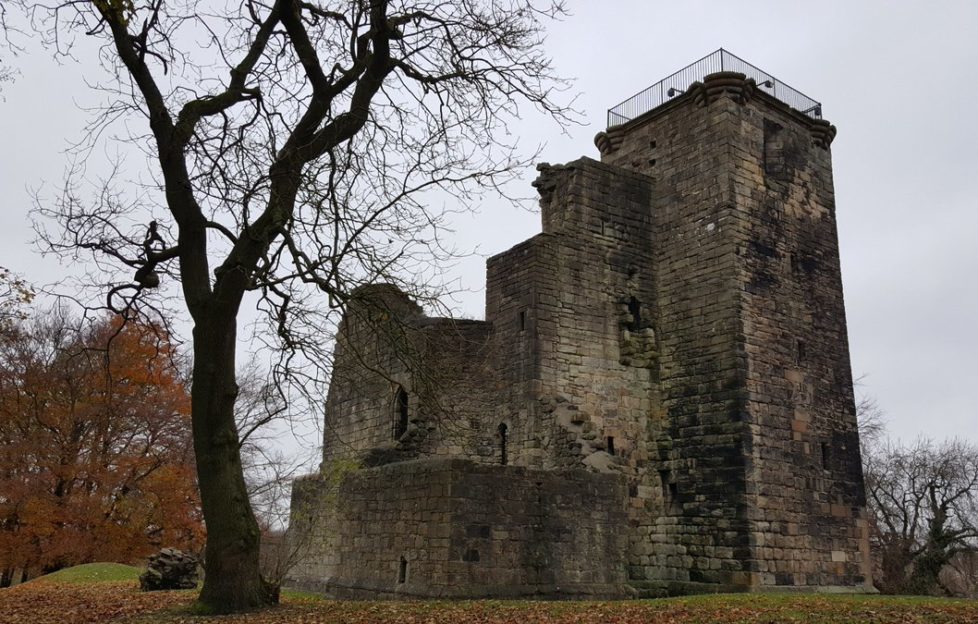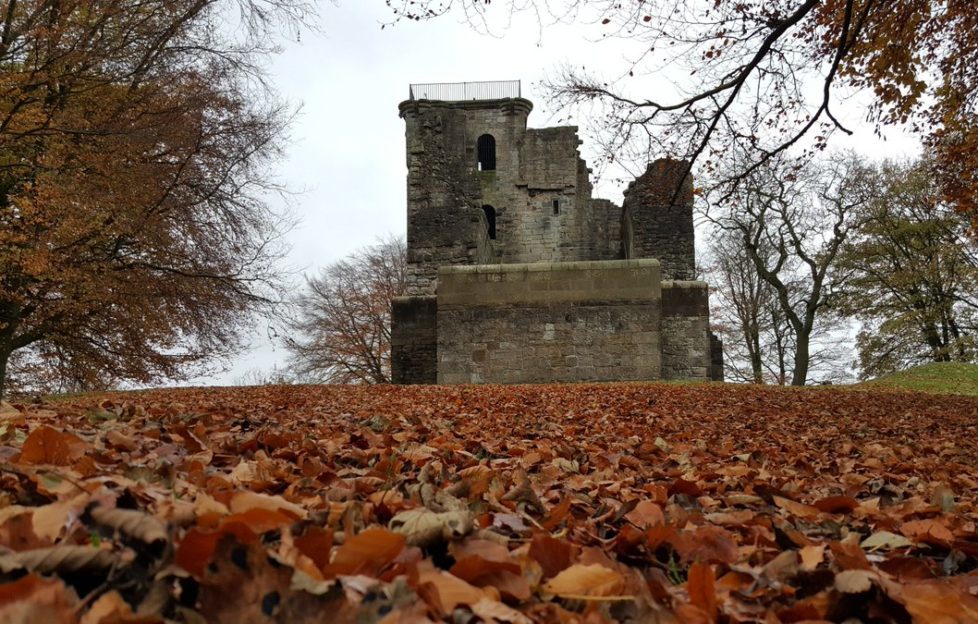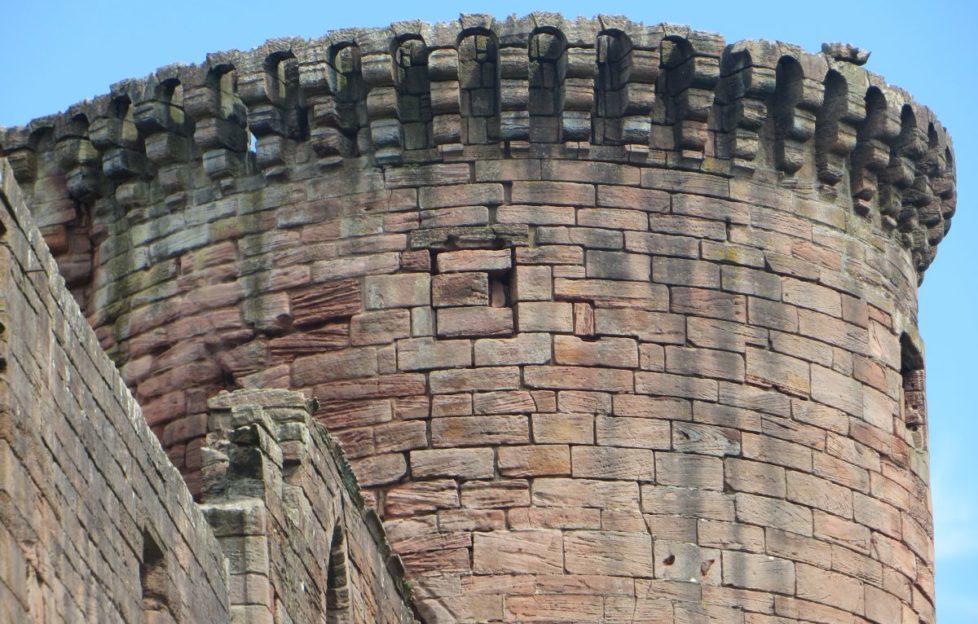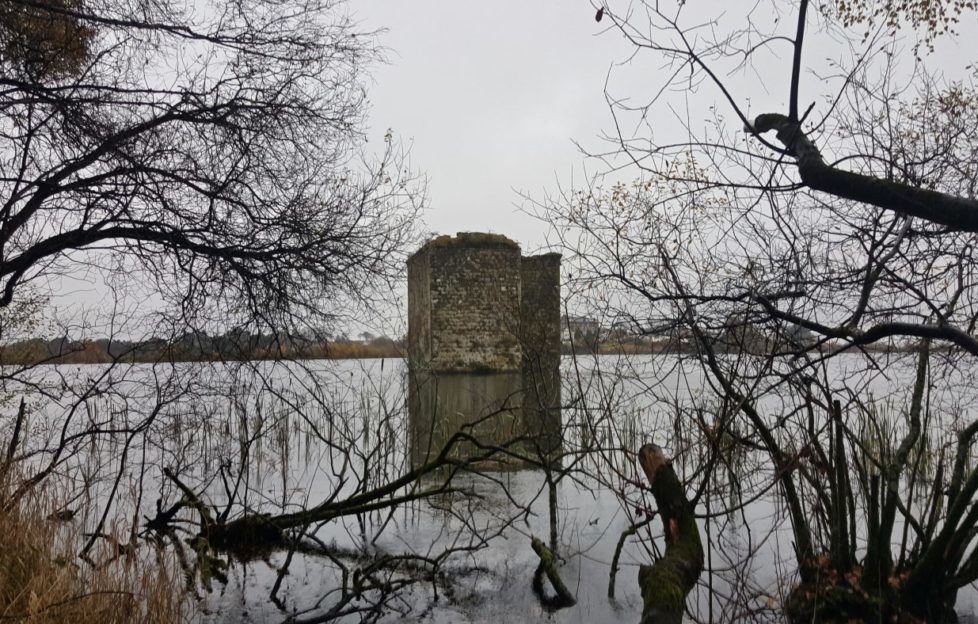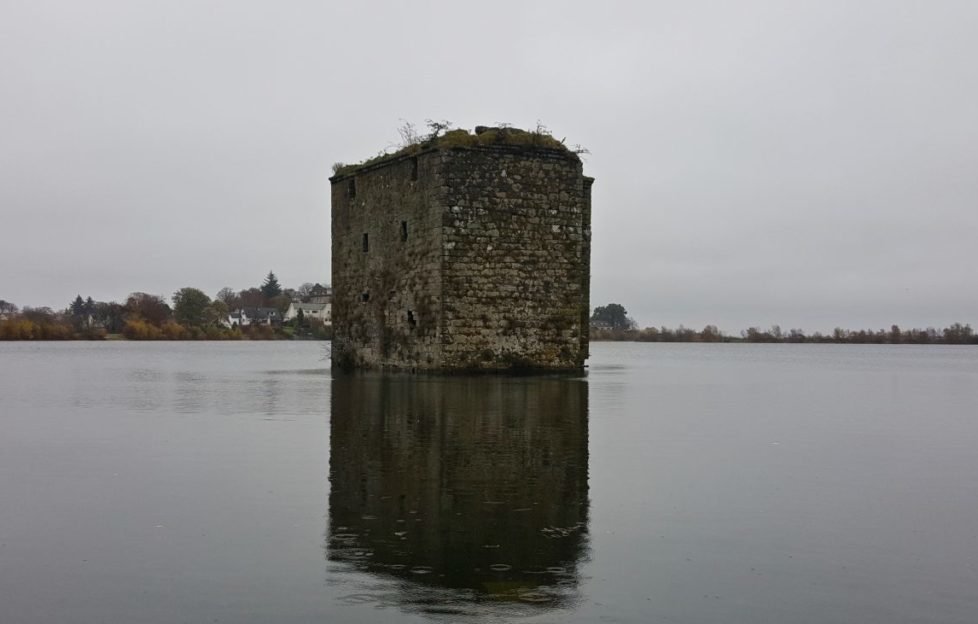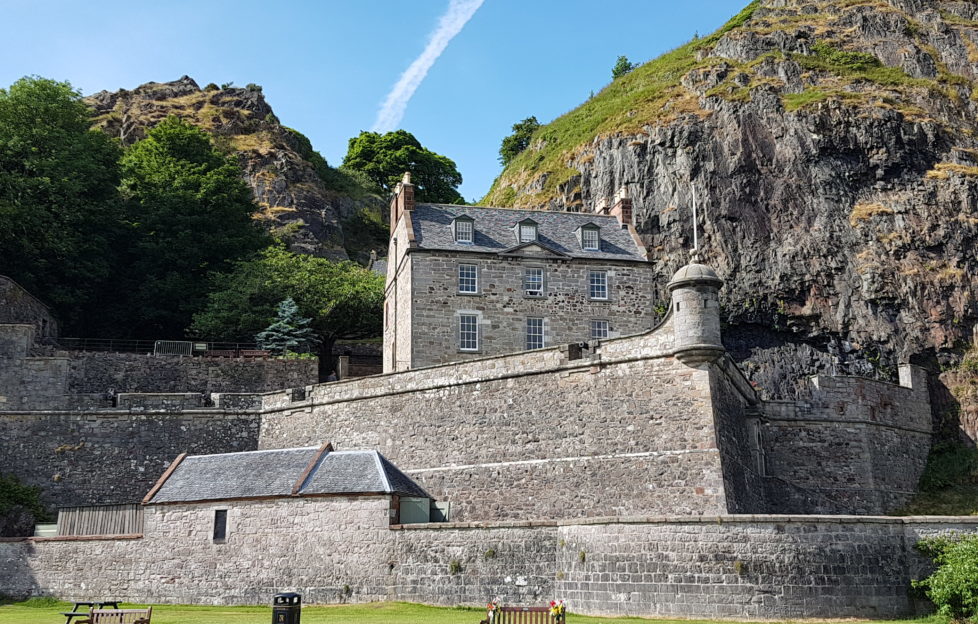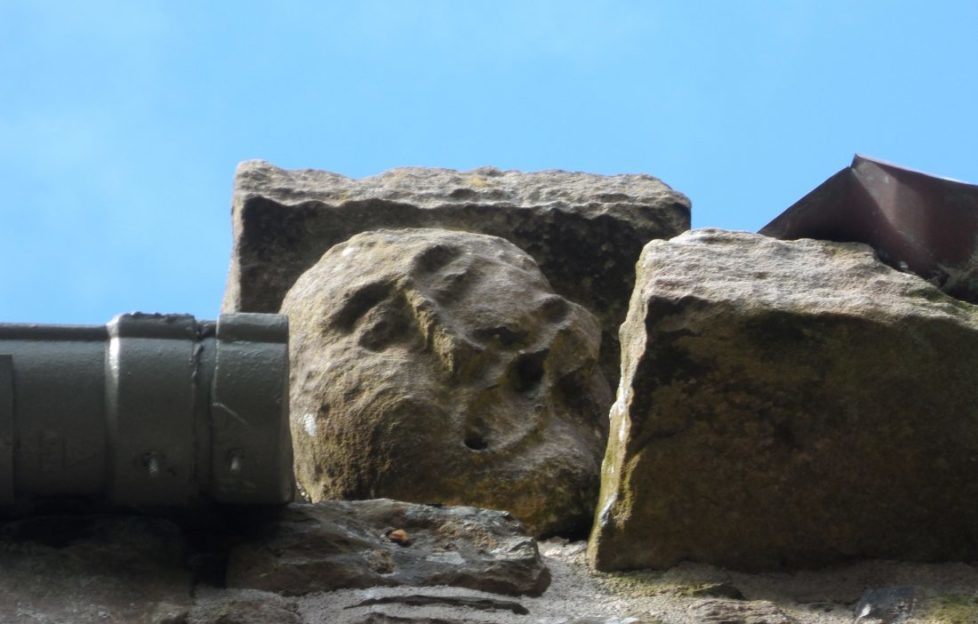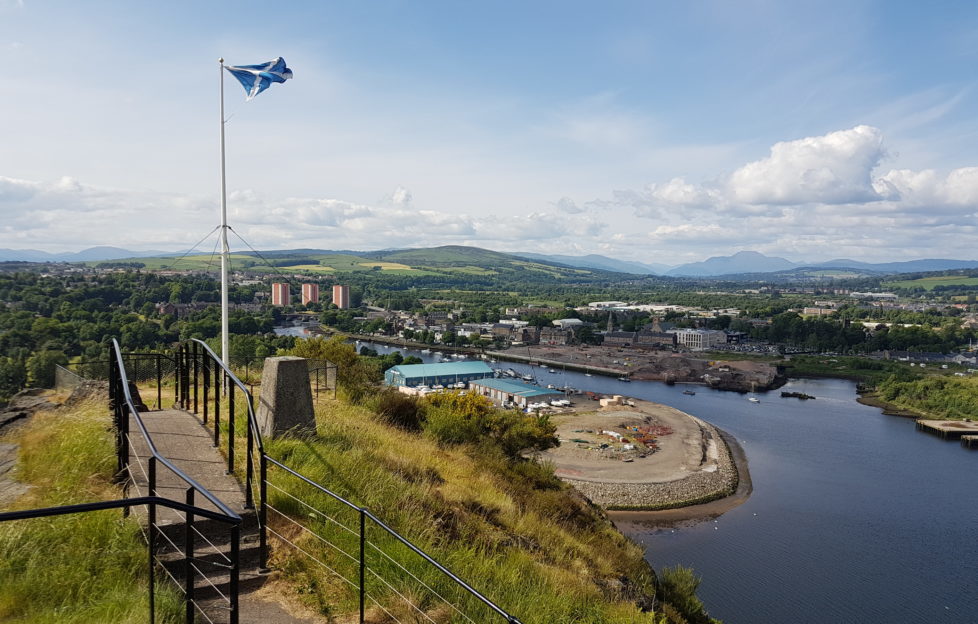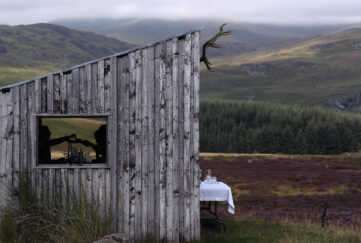Glaswegian Castles
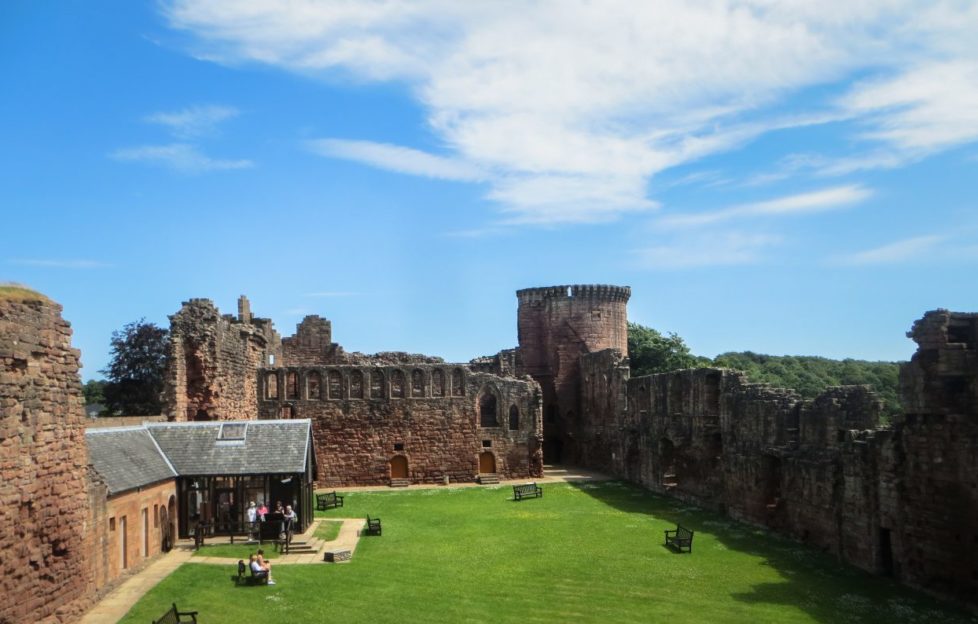
You can quickly reach lots of great castles from Scotland’s largest city
“Go to Glasgow for the culture; Edinburgh for the history.”
That’s the usual refrain, anyway. Yet this gives Glasgow nowhere near enough credit in the history department.
The city and surrounding area have some of the quirkiest and most compelling castles in Scotland. They range from an ancient fortress built on a volcanic plug to a gaunt, flooded tower in the middle of a reservoir. Would you expect anything less than distinctiveness from Glasgow, after all?
One of the plus sides about doing some urban castle hunting is that most places are accessible by public transport. If, like me, you don’t have a car there’s still nothing stopping you from going exploring. Let’s hunt some Glaswegian Castles!
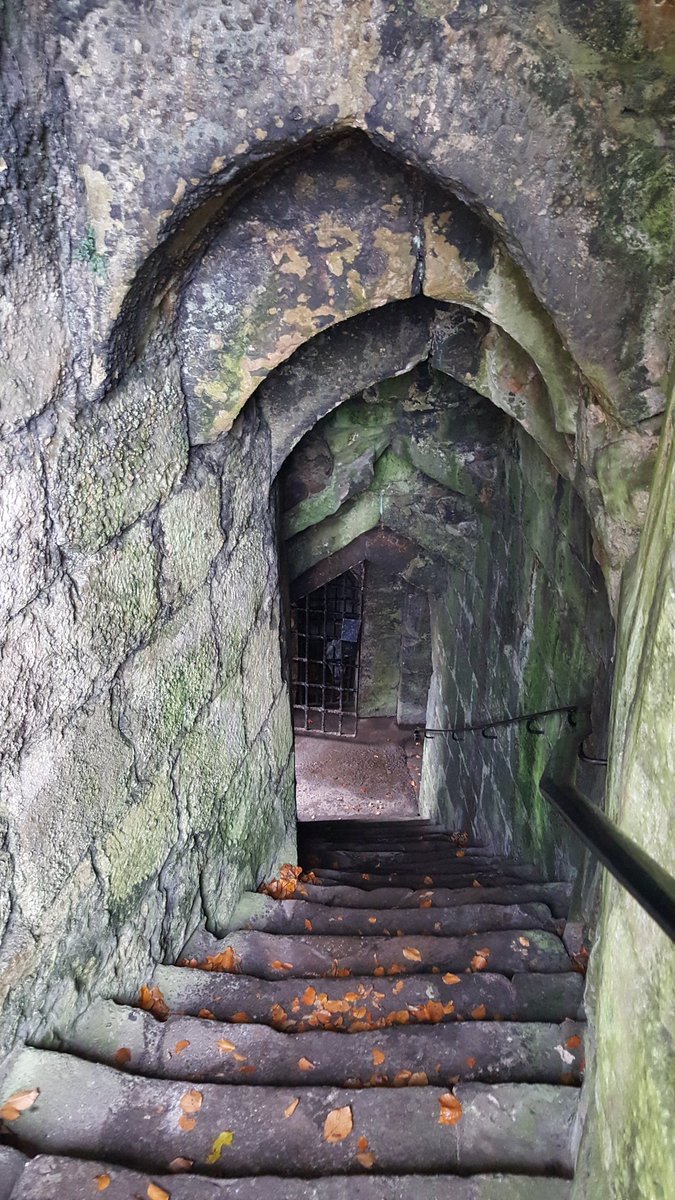
Crookston Castle, Glasgow
Scotland had its Wild West, too. Clyde, Renfrew and Ayrshire served as a frontier zone between the Kingdom of Scots and the Norse-Gaels of the Isles for hundreds of years. Many castles were built to defend against the descendants of the Vikings, and Crookston got its start as one of these. You can still clearly trace the earthworks dating from the early 12th century.
What makes Crookston a great place to visit is how peculiar it is. It almost resembles an upturned truck or some great industrial mechanism, and exudes broodiness from atop its hill south of Glasgow’s city centre.
There are a series of ladders – five in all I believe – taking you to the top of the tower. On your way up you can spot numerous mason’s marks, architectural flairs and evidence of the cause of its ruin.
The Stewart Earls of Lennox were involved in a rebellion against James IV in 1489, and this brought the wrath of the king’s artillery train down upon Crookston. Mons Meg, the monstrous bombard now housed in Edinburgh Castle, may have been involved – which could explain the destruction of the castle’s two western towers.
Bothwell Castle, Uddingston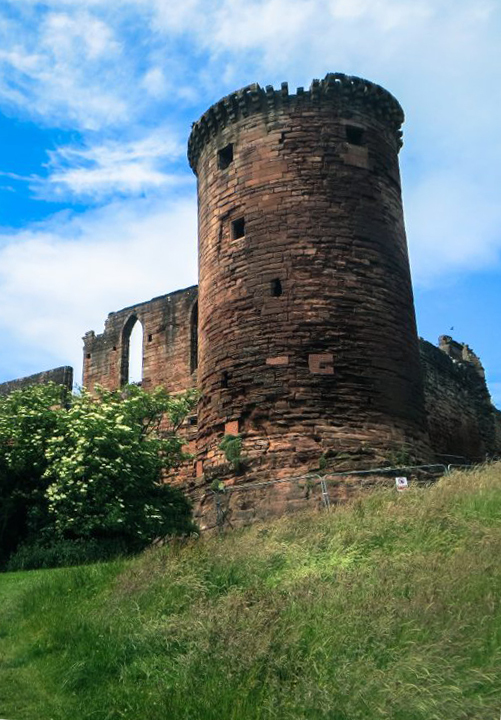
The red hue of Bothwell Castle is perfectly in tune with its past. It was a near-constant battleground during the Wars of Independence and was built in part by the Douglases, whose feared emblem was a blood-red heart.
A massive, if crumbling, donjon dominates the castle – a great tower based on French castles that gives us the word ‘dungeon’. It was this hulking edifice that came under siege in 1301. Edward I’s army invaded Scotland, hunting for Wallace and using castles as centres of domination. Nearly 7,000 besieged Bothwell, including specialist miners and engineers.
Edward even had a giant siege tower constructed in Glasgow just for the job. In the end this is what forced the castle’s surrender. Several high-ranking English noblemen were captured at Bothwell after the Battle of Bannockburn, and it saw plenty of back-and-forth action in the years following Robert Bruce’s death.
Follow the footpath towards the castle’s entrance and you’re more or less approaching from the same direction as the siege tower. How would you be feeling going up against those castle walls?
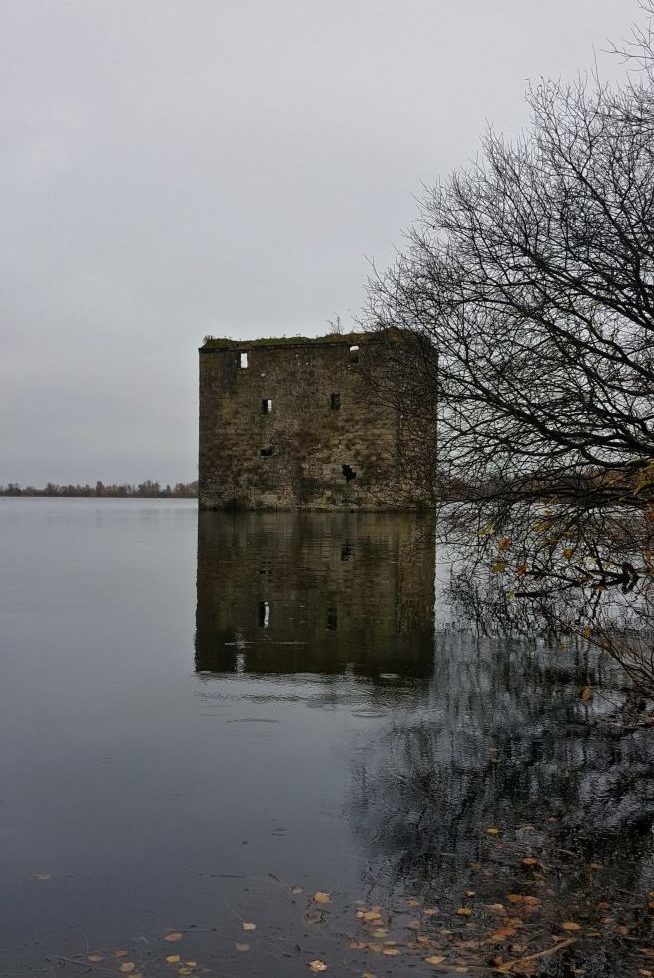 Stanely Castle, Paisley
Stanely Castle, Paisley
Did you know that Paisley has the most listed building of any town in Scotland aside from Edinburgh?
Stanely Castle is just one of hundreds. I’m still gutted that Paisley didn’t win the accolade of UK City of Culture for 2021 because it is positively packed with historic treasures. Check out, for instance, Blackhall Manor, Paisley Abbey, and the Paisley Mills – the latter of which would be right at home in a Wes Anderson film.
The original Stanely castle was not the aquatic oddity you see today, of course. The Maxwells, a prolific castle-building family, built a tower in the 15th century. It was then converted into an L-plan tower in the 16th century.
By the 19th century Paisley’s population had boomed and required a fresh water supply, so a reservoir was created and the castle has stood solitary ever since.
Dumbarton Rock, Dumbarton 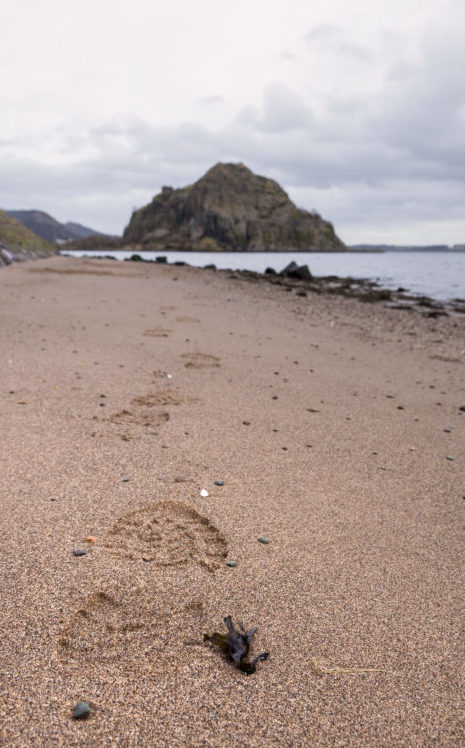
This place is the closest thing to Game of Thrones’ Casterly Rock as I can imagine. It ticks almost every historical box, too: Romans, Arthurian lore, Vikings, William Wallace, Mary, Queen of Scots and countless more.
Dumbarton Rock is a stony sentinel in the Clyde – its fitting Brythonic name was Alt Clut, Rock of the Clyde. It is the oldest continually fortified place in Britain, from the Iron Age to the Second World War.
One of many dramatic moments at the Rock was a siege led by the now legendary Viking, Ivar the Boneless. After fifteen weeks of attack, the walls held fast, but its defenders ran out of water. The Vikings proceeded to sack the ancient stronghold of all valuables. They returned to their bases in Ireland with 200 longships filled with loot and enslaved Britons.
While there, see if you can spot the grotesque depicting Sir John ‘the False’ Menteith. This is the man who (probably) betrayed William Wallace to the English. He was the Governor of Dumbarton Castle at the time, and is now forever commemorated at his former post by a very unflattering carving above the entrance to the guardhouse in the cleft of the Rock’s two peaks.
Plan Your Own Castle Hunt!
So, there you go – you can easily spend a trip to Glasgow castle-hunting by day and making the most of Scotland’s cultural capital by night. This small list is also far from comprehensive. Other great options in the wider area including Mugdock Castle, Mains Castle, Newark Castle and Kilmahew Castle.
Next up on the blog: How to plan your very own Scottish castle and history hunting trip. I’ll including maps, websites, books and tips for getting the best out of your day. You can take it from someone who’s taken enough wrong turns to now (mostly) know better!
- Crookston Casle
- Crookston Casle
- Close-up of Bothwell Castle’s tower
- Bothwell Castle
- Lonely Stanley Castle
- Stanley Castle
- Dumbarton Rock
- Spot the grotesque of Sir John Menteith
- The view from Dumbarton Rock


